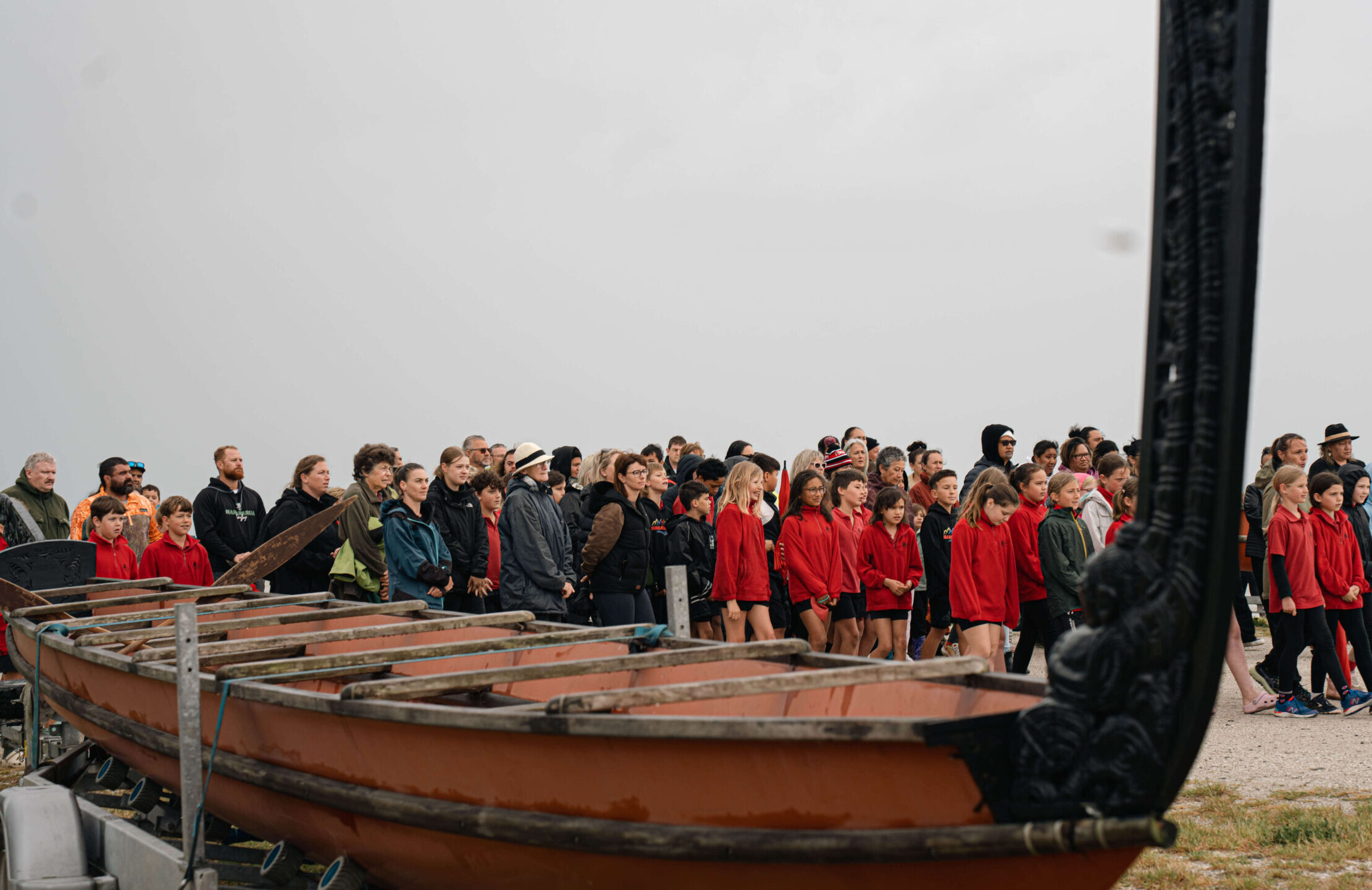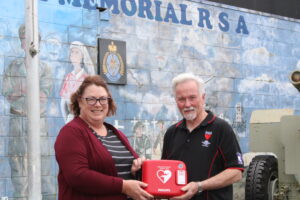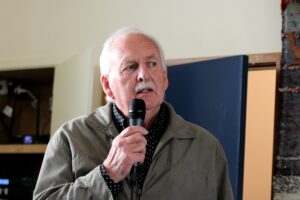A day of commemoration – He Rā Maumahara – was held by Ngāti Paoa earlier this month to remember the bombardment of its kāinga at Pūkorokoro 160 years ago by a naval warship.
On a journey to settle its grievances and strengthen its identity, the Hauraki iwi is sharing and acknowledging its “sad history”.
On November 3, 1863, boats from the HMS Miranda fired shells and rockets at a Ngāti
Paoa kāinga [village] at Pūkorokoro, exploding a whare and killing Ngāti Paoa men, women and children, and causing the rest of the inhabitants to flee.
Twenty days later, on November 23, 44 officers and 922 men from the 12th and 70th Regiments, Waikato Militia, Auckland Naval Volunteers, and 54 cavalry of the Colonial Defence Force – dubbed the Thames Expedition – disembarked just south of Whakatiwai.
From there, the troops marched along the beach to Kaiaua, crossed several streams and swamps, and ascended a fern ridge before descending to Pūkorokoro, the journey taking more than seven hours.
They found the area had been occupied by Māori who had decamped, leaving their equipment and with fires still alight. Tents were pitched and scouting parties sent out. Later, the troops set fire to the considerable area of fern around the camp, clearing several 100 acres of land.
The unjustified invasion in November, 1863, was part of a campaign to take over land, set up military redoubts, and quash Māori Kingitanga resistance.
The bombardment of Pūkorokoro and the history of violence against Ngāti Paoa was acknowledged in Parliament in June this year, when the Ngāti Paoa Claims Settlement Bill was read for the first time.
The Bill gives effect to the Ngāti Paoa Deed of Settlement, which Ngāti Paoa signed with the
Crown in March 2021.
At the time, Coromandel MP Scott Simpson told Parliament that a “terrible act” was inflicted upon Ngāti Paoa people at Pūkorokoro, where a vessel of the Crown, of the Royal Navy, came into the Firth of Thames and fired cannon into the marae and into the pā.
“There was death, there was desecration, and there was harm and damage that was done, and then they had the audacity to sail away having inflicted that terrible crime, to sail away then and rename that area Miranda in the name of that vessel. That was wrong,” he said.
At the 160th commemoration, a karakia was held at Pūkorokoro Bridge, and a pōwhiri drew together roughly 500 guests to Ray’s Rest Camping Reserve.
Waka tāngata drew up to the shore and conducted a haka.
Preva Jackson, who helped organise the commemoration, said it was important the community, and particularly the tamariki, learned about Pūkorokoro’s “sad history”.
Tamariki from schools across Kaiaua, Mangatāwhiri, and Waitakaruru were in attendance.
Chair of the Ngāti Paoa Iwi Trust Herearoha Skipper said Ngāti Paoa was on a journey to settle its grievances and strengthen its identity as a people.
“It is important the wider community understands what happened at Pūkorokoro in 1863, and the impact this had on us as a people,” he said.
“The invasion and killing of our people was bad enough, but it was made worse by the fact a fort was built and given the name ‘Miranda’ after the warship, replacing the name Pūkorokoro. It was only in 2015 that the joint name ‘Pūkorokoro/Miranda’ was officially recognised.”
BY KELLEY TANTAU





